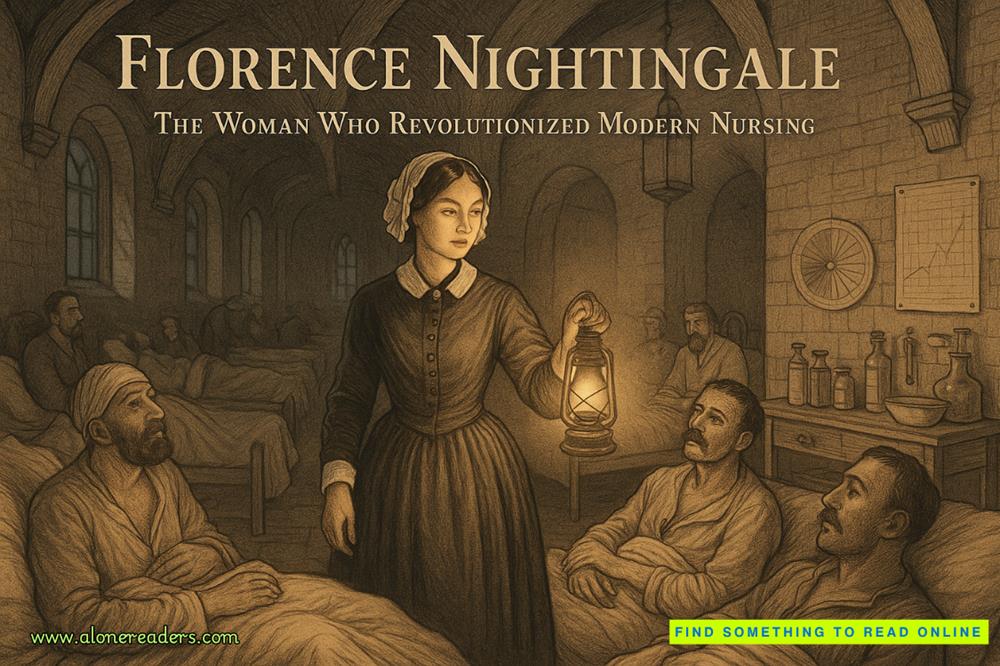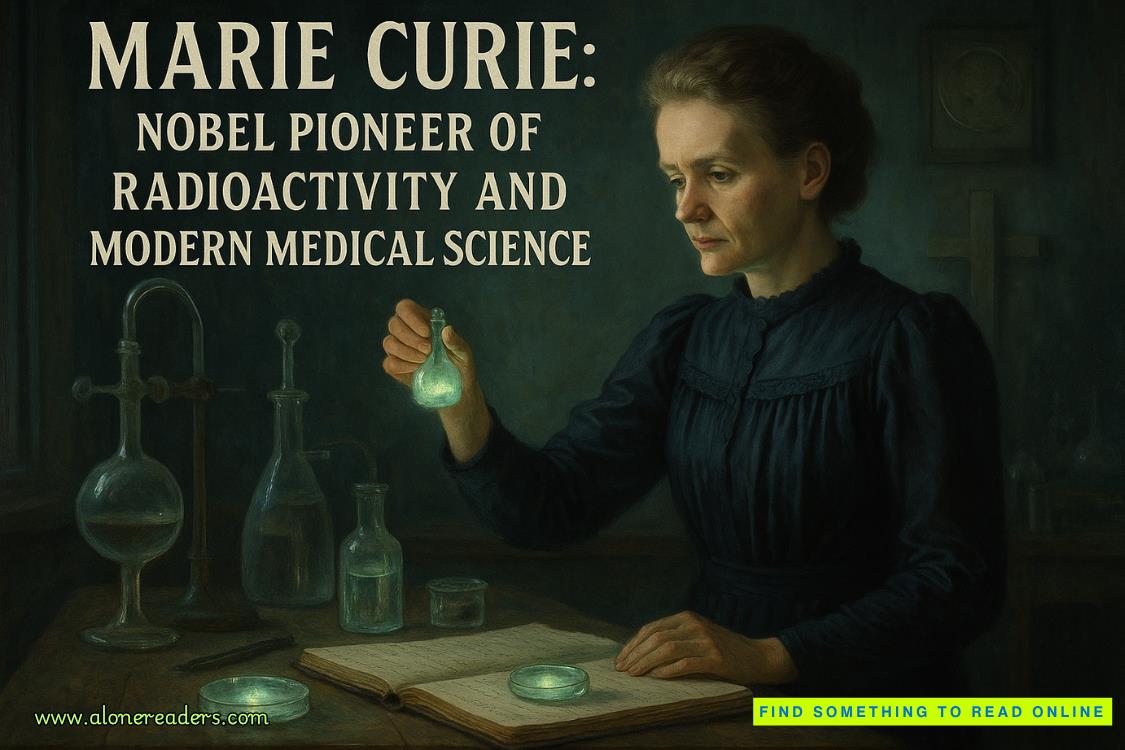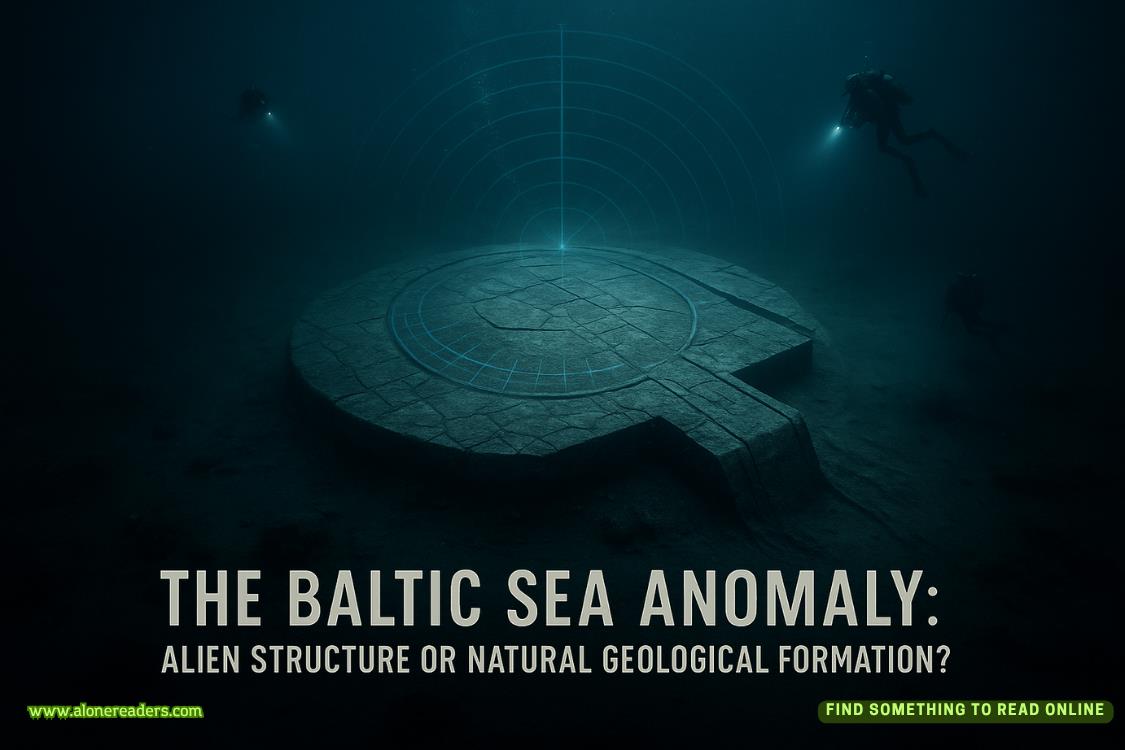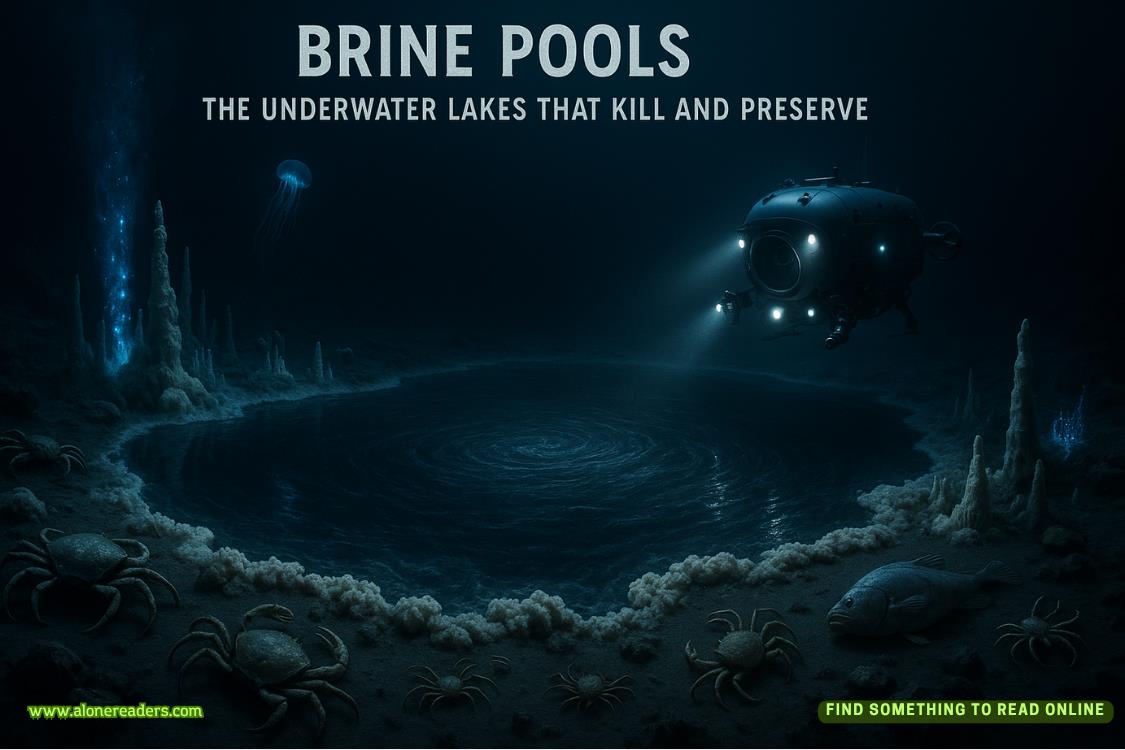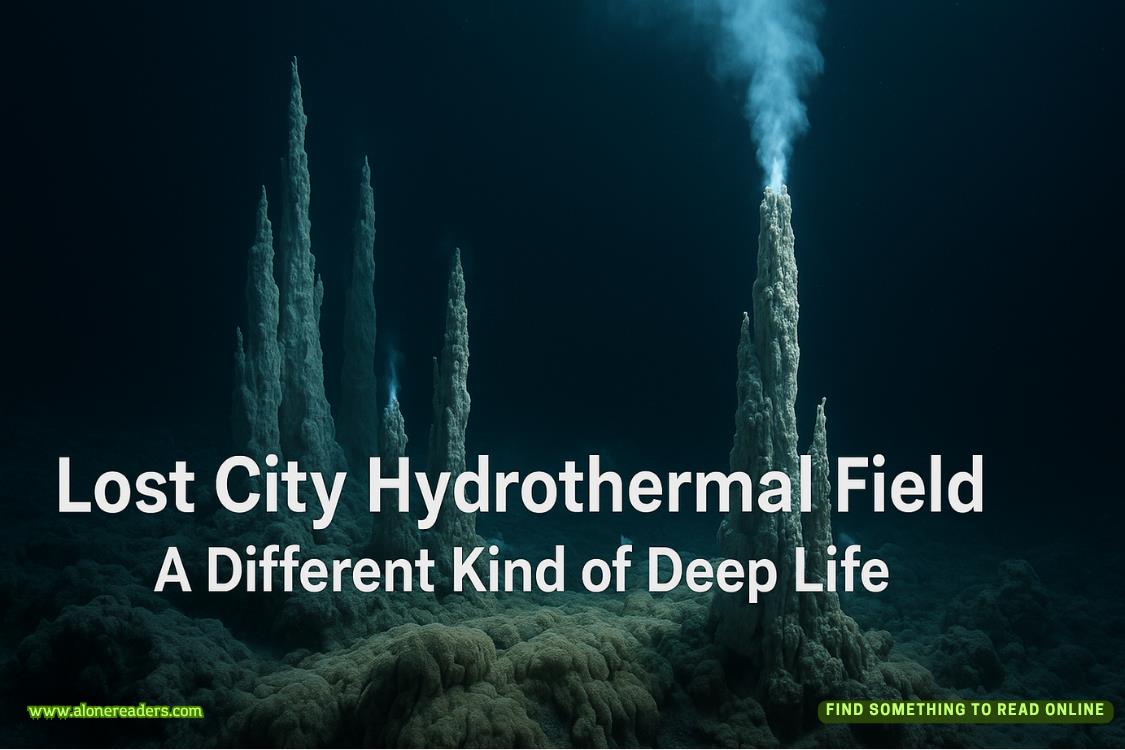Page 41 of If You're Reading This
It was an invitation to collaborate.
“When Elise died, I thought I’d drown in the darkness.” I picked up a picture I kept downstairs of Elise. Beautiful, beautiful Elise. “But then I saw your photographs. I saw the way you framed devastation, making it . . . transcendent. You showed me how to see my grief differently.”
Morgan’s lips moved, forming words I couldn’t quite hear. I leaned closer.
“Why . . . ?” Her voice filled the room in a dry whisper. “Why me?”
Such a simple question with such a complex answer.
I smiled patiently.
“Because you see what others don’t. You find meaning in broken things.” I gestured around the basement studio I’d constructed. “Just look at what you’ve helped me create.”
The walls were covered with my work. My photographs mimicked Morgan’s style but with my own distinct subject matter. Where she captured landscapes fractured by natural forces, my images featured people at the moment of transition.
Not the transition to death exactly—I disliked that crude term. But I liked to capture their transformation—the exact instant when understanding dawned in their eyes.
I’d arranged the images in chronological order, a timeline of my artistic evolution.
My early attempts were clearly amateur. But each subsequent photograph showed improvement.
Better composition. More skillful lighting. More authentic expressions from my subjects.
The empty frame at the center of the display waited for its occupant—the culmination of my vision.
“It’s almost time.” I lifted an antique film camera from its velvet-lined case.
The Hasselblad had cost a small fortune, but digital would never capture the depth I required.
Film had soul.
Film could hold truth.
I moved across the room and unlocked the restraints on Morgan’s wrists, helping her to a sitting position. She swayed slightly but remained upright.
“You won’t run,” I said matter-of-factly. “There’s nowhere to go, and you’re still too sedated to make it up the stairs. Besides . . .” I nodded toward the far wall where a topographic map was pinned and marked with precise red Xs. “We have so much work to complete.”
Her gaze drifted to the maps, recognition flickering in her eyes as she identified the locations—all places she’d photographed over the years. Some Xs were marked with dates. Others remained uncalendared, waiting.
I held up a photograph—one of Morgan herself, taken with a telephoto lens as she worked alone at Denali. In the image, she wore a look of intense concentration, unaware of being observed.
“I’ve studied your technique for years.” Pride rang through my voice. “Your eye for composition and your patience waiting for perfect light. But most importantly, your ability to revealwhat lies beneath the surface, to make visible what others refuse to see.”
I helped her stand, supporting her weight as her legs trembled.
Part of me missed her feistiness, but I couldn’t risk allowing that side of her to show up right now. It wasn’t time.
“I’ve chosen the perfect setting for your transition,” I continued. “It’s not time yet, of course.”
She stared at me. If I didn’t know better, I would have thought she was sneering at me despite her sedative.
I stepped back and showed her a photograph. “Do you recognize it? The abandoned mining office from your winter industrial series. The place where you captured light streaming through broken windows onto rusted machinery. Transformation through decay. You are very talented. I’m sure lots of people have told you that.”
I guided her toward the white backdrop I’d installed against one wall, my hand gentle but insistent on her arm. This photo wouldn’t be one of my finest, but it was essential. I needed to capture this moment—not as art but as a message.
A message to Logan Gibson.
“You’re trembling,” I told Morgan. “That’s good. Emotion translates into the image. But I’m not going to hurt you, Morgan. You’re not like the others. You’re my collaborator. My muse.”
